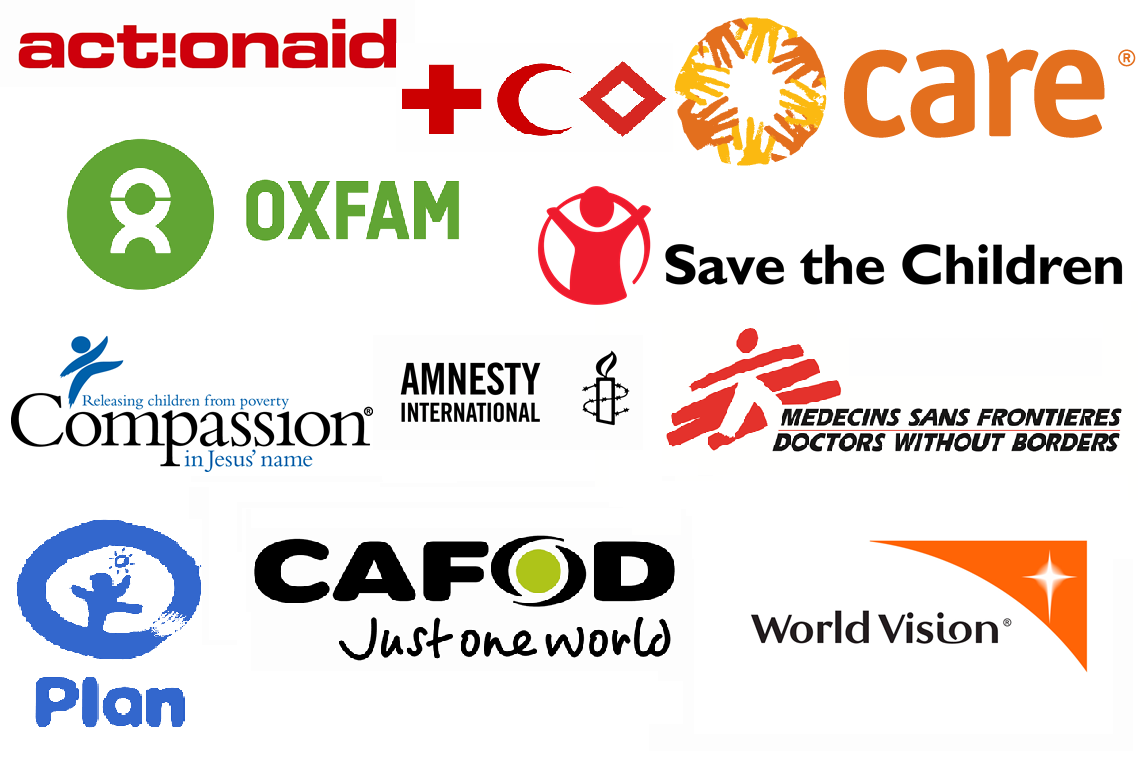
How To Structure A Cover Letter For NGO Vacancies

A well-structured cover letter is important because it shows that you have taken the time to research the company and understand its needs. It is intended to place your CV in context. Most importantly, it helps persuade a potential employer that you are a suitable fit for the position.
1. Address your cover letter to a specific person
Addressing your cover letter to a specific person is more personal and shows you’ve taken the time to research the organization. You may find the hiring manager or recruiter mentioned within the job listing for some roles, but you may need to do some research to find the correct person to address for others. Reviewing the organization’s website or social media can help you find the relevant person to address. Address your cover letter to the hiring manager if you cannot find a name.
2 . Tell the recruiter which role interests you
In your first sentence, explain the role that you’re applying for and how you found out about the position. Recruiters may hire for multiple vacancies at any given time, so being clear about the role you’re applying for is important.
If you found the role through a referral, you may wish to follow your opening sentence with a brief paragraph explaining how you know the person making the referral and any relevant experience you’ve had working with them. For example, if they worked with you previously, you might mention their title or how long you’ve known them.

3. Show you’ve researched the organization
Every nonprofit or charity has its own mission and specific causes they support. Within the first paragraph of your cover letter, demonstrate your familiarity with the work they do and show you understand the causes they support. You can find this information by researching current or past projects and reviewing their reports. If you can pick out a particular campaign or aspect of the organization that you’re impressed by, mention it to show recruiters you share the company’s interests and values.
4. Express your interest in a particular project
Following on from your research of the organization, try to find a specific project or aspect of the role that excites you. The job description may already provide some information about the projects you would contribute to. You can use this as a starting point to conduct further research into the responsibilities of the role. If you’re passionate about a particular niche because that falls within the scope of the organization, mention what this is, why you’re interested in it and how this could relate to the job role.
5. Prove you’re a great fit for the position
Your second paragraph moves on to explain why you’re a great fit for the role. Recruiters may look for tangible examples of your skills and experience, so be sure to provide specific details of your skills and how they have contributed to success in past positions. A great way to customize this section to the job role specifically is to review the job description and pick out a few key skills that the recruiters are looking for, then focus on these skills when sharing examples of your experience.
Be specific in your examples and if you can provide metrics to support your examples then feel free to do so. For example, following a process change I suggested in the contact team, the department reduced the call abandonment rate from 9% to 5% in just two weeks. Mentioning experience, you’ve had working in the same field that the organization advocates for is equally important as providing specific, skill-focused examples.
6. Express your passion for the work the organization does
The third paragraph of your cover letter provides more details about your motivation for joining the organization. Be authentic and explain why the causes the company advocates for matter to you. Tell the organization what you love about its mission and the values you share. Nonprofits and charities often look for skilled and experienced candidates who also care and are invested in the nonprofit’s cause. End this paragraph by explaining what you would bring to the team in terms of personal qualities, building on the skills and experience discussed in the previous paragraph.

7 . Close with a call to action
Finish your cover letter with a sentence or two thanking the recruiter for considering your application and advise of any follow-up steps you intend to take. For example, thank you for taking the time to consider my application, please do not hesitate to contact me if you would like to discuss my experience further. I look forward to speaking with you soon.
8. Check and format your cover letter
Once you’ve written the main body of your cover letter, read it through carefully to correct any spelling or grammar errors. You might even ask a friend to review your cover letter and provide feedback. Then, tidy up the structure of your cover letter. A typical cover letter structure includes an introductory sentence followed by three main paragraphs and a closing sentence. Keep your cover letter concise, between half a page to one full page of A4.
Also Recommended:
- UNICEF Paid Internship Opportunities For Africans 2022-2023.
- Industrial Psychology Internship At AECI
- Career Opportunities For Accounting Or Any Financial Related Field Graduates